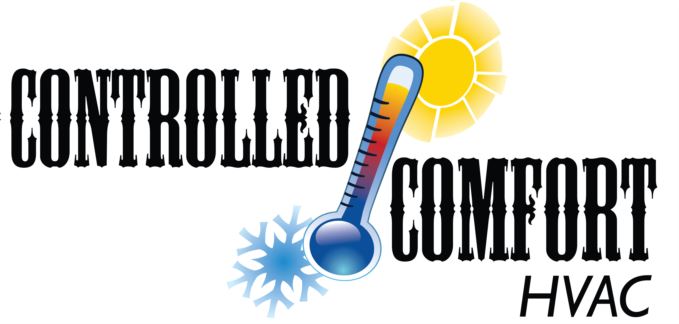Everyone’s always looking to save money on their utility bills, but you should know there’s a way to do it when you aren’t even home.
The secret is your thermostat. By using automatic schedules, you can tailor the temperature to your needs. You can create a number of automated temperature settings for when you’re home, away or even when you’re asleep.
If you’re willing to make these adjustments, you can enjoy comfy temperatures while also keeping more of your money. Take a look at a few ways your thermostat doesn’t have to use up all your summer spending money:
While at Home
Whenever you’re at home, you want to enjoy a comfortable temperature. For the most part, you probably have your thermostat lower in the summer while inside to make the most of the cool air.
But the most energy-efficient temperatures for when you’re in your home during the summer is usually between 78 and 80 degrees Fahrenheit. This way, you can stay cool while still keeping your energy bills low.
While Gone
If you’re setting the temperature for a vacation or other trip away from the house, the majority of homeowners will set the thermostat higher for while they’re gone.
If your home is in a shady spot in a cooler climate, you can set the thermostat to temperatures as high as 88 degrees while no one is home before you adjust it back to the sweet spot of 78-80 degrees after you return. This way, your air conditioning won’t have to work constantly to cool an empty house.
While Sleeping
To enjoy a good night’s sleep during the summer, you want your thermostat set at a comfortable temperature. A good rule of thumb is between 68-72 degrees Fahrenheit. You won’t have to worry about getting too hot or too cold when you are trying to get some rest.
Other Ways to Use Less Energy:
- Smart thermostat installation: Using a smart thermostat in the summer is an excellent way to reduce energy costs as it forms temperature schedules according to your lifestyle and home environment. It’ll take care of making changes while you are home or sleeping, before allowing it to warm up when the house is empty. With models like the Lennox iComfort, you are able to adjust settings and schedules through your smartphone, tablet or laptop. Scheduling smart thermostat installation in your Carpentersville home can be the simplest strategy for maintaining comfortable, yet energy-efficient temperatures no matter where you are.
- Update your existing HVAC system: A high-efficiency HVAC system saves money right from the start. By investing in a more energy-efficient system, your utility bills will be lower because it requires less energy to reach your preferred temperatures. Air conditioning installation in Carpentersville is only a phone call away, so don’t hesitate to reach out to local pros like Controlled Comfort HVAC who can set you up for success.
- Schedule annual AC maintenance: Investing in or ignoring regular air conditioning maintenance in Carpentersville can have a big impact on your monthly energy use. With regular cleaning of the coils, checking for damage and keeping vents clear of dust and debris, this can help your HVAC system perform better during day-to-day use.. Increasing efficiency also limits strain on key parts and lowers operational costs, lowering total energy use and eventually the total monthly bill.
- Replace your air filter regularly: A regular schedule for cleaning or replacing the HVAC system’s air filter saves money by helping air flow efficiently through your air conditioner. When filters are clogged with dirt and debris, an AC unit has to work harder, and the strain can reduce the system’s life span and result in breakdowns.
- Confirm your attic is sufficiently insulated: Insulation is a vital part of maintaining an energy-efficient home, keeping the hot air outside and the cool air inside over the summer. The North American Insulation Manufacturers Association (NAIMA) recommends that homes in the southern United States should have at least 13-14 inches of insulation, while those in northern U.S. states should have 16-18 inches.
- Inspect your ventilation: Leaky ductwork can raise your energy bills much more than 20 percent, plus it can affect equipment such as your water heater, clothes dryer and other appliances throughout your home. Finding any leaks fast and sealing them can help with both these issues.
- Seal all other leaky spots in your home: Sealing up other leaks in your home with caulk, foam sealant or weather-stripping keeps temperatures a little cooler on hot summer days. Don’t forget to check for any gaps around windows, doors and even outdoor fixtures. Taking the time to seal up any leaks now can help you save a lot in the long run.


